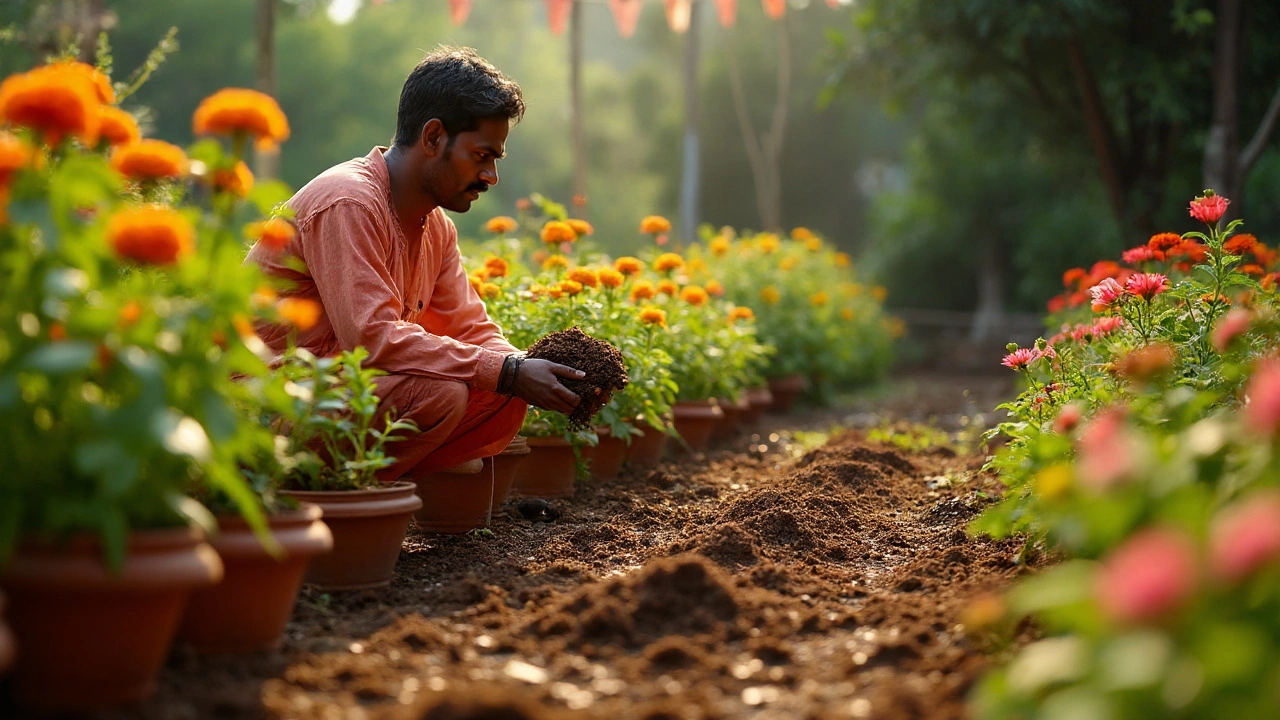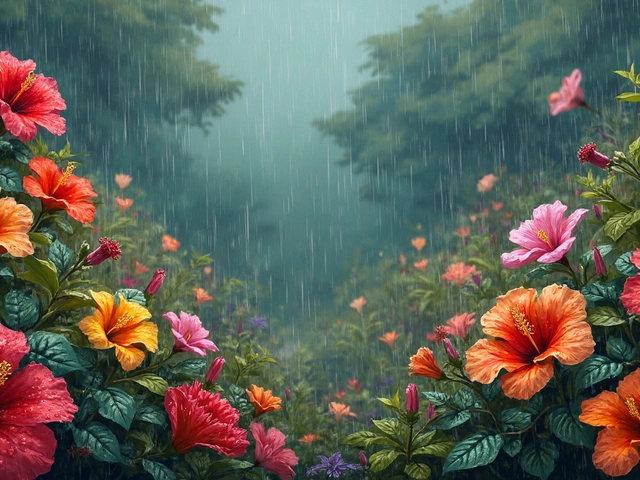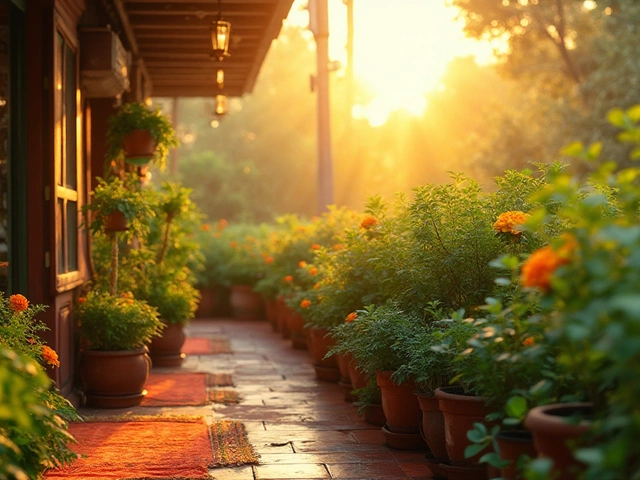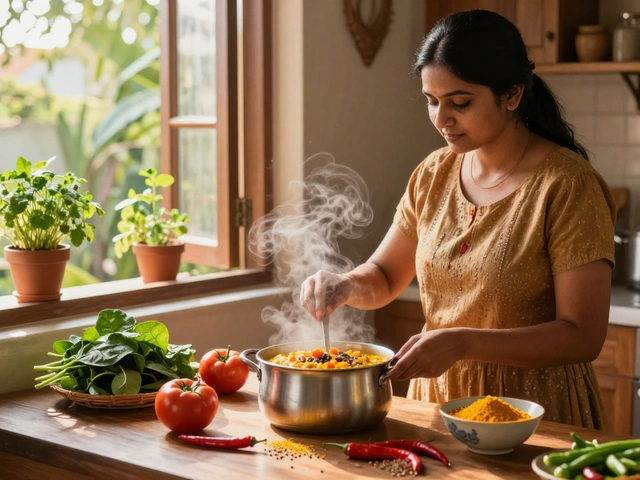Pop open any garden group and you’ll find people raving about using coffee grounds. Free fertilizer, keeps pests away, and oh, your soil gets ‘richer.’ It sounds easy—just dump out your cold-drip leftovers or coffee shop sweepings and your plants will flourish. But here’s where a lot of us get it wrong. There are plants in your backyard or even sitting pretty on your windowsill that really, truly hate coffee grounds. Spread those residues on the wrong spot, and you might as well be feeding your beloved greenery a slow-drip cup of disaster.
Why Coffee Grounds Can Hurt Certain Plants
Coffee grounds are a bit like dark chocolate. Some of us love the bitterness, but too much, and our stomach disagrees. A bag of old grounds looks harmless, but what’s really in there? First, coffee is acidic. Spent grounds, while a little less tangy than your morning espresso, still lean on the acid side. The pH lingers around 6.5 to sometimes as low as 5.5, especially depending on what beans you brew and how much is left unwashed.
The bigger deal is caffeine. Even after brewing, traces of caffeine hang around, and that’s nature’s own herbicide. Caffeine stunts growth for some seedlings and can even slow down germination in delicate plants. Chuck enough into your soil, and you might see fewer sprouts than you hoped for. But it doesn’t end there. Grounds are dense and, when fresh, can form a hard, crusty mat. That blocks airflow, holds too much moisture, and suffocates roots if you forget to mix it with other stuff or mulch it properly.
Bacteria isn’t your immediate enemy, but there’s a catch. Hundreds of mini-organisms love breaking down organic stuff—it’s their bread and butter. But coffee grounds decompose quickly and can heat things up as they go. For mature, needy plants, that’s fine. For younger or more sensitive roots, it’s the equivalent of raising the thermostat by ten degrees in one day.
Got a worm bin? Toss coffee grounds in and you’ll see them swarm—at first. But add too much, and you end up with a sour, acidic mess where the worms bail out. It’s a balancing act.
A lot of folks see the pile of grounds and think, “nature’s fertilizer.” In reality, the nutrient boost is slow, especially the nitrogen, and mostly shows itself after a good long compost. Just dumping it, especially in large amounts, starves plants of quick nutrients and, guess what—raises the risk of fungal diseases. So before you make that next coffee offering, be sure your plant won’t just turn up its leaves and sulk.
Which Plants Can’t Stand Coffee Grounds?
If you’re waiting for the secret shortlist, it’s longer than you might expect. Azaleas and blueberries top the “no coffee” charts, and so do most succulents, especially if you’re living somewhere with already acidic soil. African violets might survive for a season, but they’ll give you fewer blooms and look leggy. Tomatoes are the real shocker. Thanks to social media myths, people sprinkle grounds around their tomato beds, expecting giant, juicy fruit. But tomatoes hate acidity—coffee makes the soil even harsher, and the plant’s metabolism slows. Same goes for peppers.
Herbs aren’t immune either. Rosemary, thyme, and lavender crave dry, almost sandy soil—grounds only hold in moisture and dam up their roots. You’ll end up with soggy, root-rotted plants that give up long before they flower. That ‘cafe-style’ basil? It might look healthy at first, but the caffeine slows down big leaf production. Even common houseplants like pothos or ferns can struggle, showing yellowing tips and stunted new growth after a few weeks of regular coffee treatment.
Here’s a rundown of plants (and plant types) you should skip:
- Tomatoes, sweet and hot peppers
- Parsley, basil, thyme, rosemary, lavender
- Orchids and succulents (jade, aloe, echeveria)
- African violets, geraniums
- Blueberries and azaleas (unless your soil pH is sky high)
- Marigolds, sunflowers, zinnias
- Cactus, all types
- Ferns, pothos, spider plant, snake plant
Notice the trend? Most drought-tolerant and Mediterranean plants (those that love poor, dry, well-drained conditions), along with any plant that prefers neutral to alkaline soil, will show their displeasure quickly. Highly sensitive seedlings are another red flag—don’t risk that tray of mixed veggies just because you’ve read a viral hack on TikTok.
Here’s a quick look at how acidity and caffeine can affect common plant families:
| Plant Family | pH Preference | Effect of Coffee Grounds | Signs of Trouble |
|---|---|---|---|
| Solanaceae (Tomato, Pepper) | 6.2-6.8 | Too acidic, slows growth | Yellowing, poor fruit set |
| Lamiaceae (Rosemary, Lavender) | 6.5-7.5 | Too wet, root rot risk | Wilting, leaf spot |
| Orchidaceae (Orchids) | 6.5-7 | Excessive moisture, roots suffocate | No blooms, limp leaves |
| Amaryllidaceae (Onions, Garlic) | 6-7 | Caffeine stunts seedling growth | Thin shoots, patchy bed |
| Aizoaceae (Succulents) | 6.5-7.5 | Too acidic, poor drainage | Soft, mushy petals |
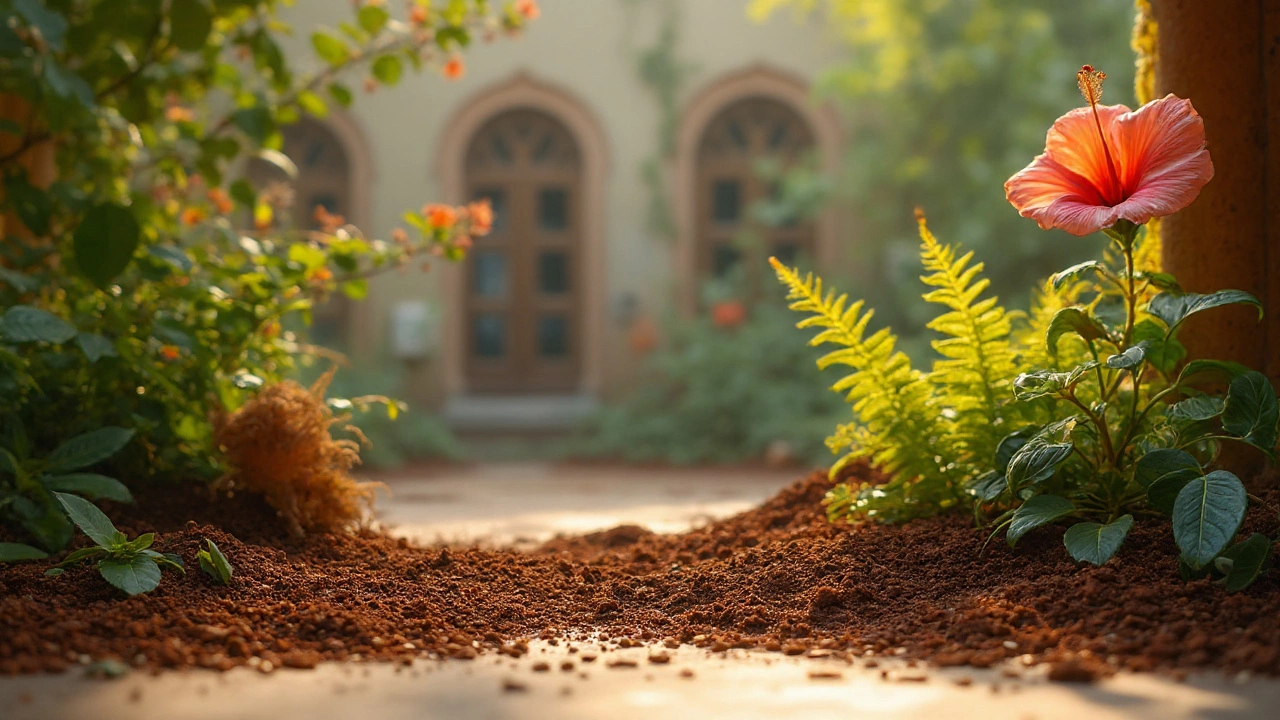
Common Myths About Coffee Grounds in the Garden
One classic myth says coffee grounds automatically fix your soil—false. They aren’t a complete fertilizer, and their impact is tiny unless you’re dumping buckets month after month. Some gardeners think coffee repels cats, slugs, or snails. Well, studies out of NIWA in New Zealand found slugs slither right back after a rainstorm. Coffee does little for repelling pests unless you’re using fresh grounds in such quantity that it’d cost more than your annual coffee habit.
Another whopper: coffee grounds kill fungus in your soil. Actually, if you spread too much, you’re likely to encourage a layer of greenish-white mold. This “fungus” is usually harmless, but it shows that moisture isn’t draining fast, and that’s bad news for root health in almost any plant. People also talk about grounds as an instant compost activator, which isn’t entirely true. They’re a good green matter, but you need to balance with plenty of browns like leaf litter, straw, or cardboard to keep things from going sour in the bin. Overdo it, and you slow decomposition instead of speeding it up.
Last, the idea that coffee grounds make hydrangeas blue thanks to soil acidity? The effect is minimal unless your soil is already close to neutral. You’ll get way better results from adding aluminum sulfate or garden lime, depending on the flower color you want. Hydrangeas can tolerate some grounds, but only in moderation and never on young plants.
Oh, and big warning: spent coffee grounds from cafés may have traces of cleaning agents, plastics, and who knows what else if they weren’t kept clean. If you’re a purist, stick to home-brewed leftovers and make sure you cut with plenty of leaf mulch or compost before hitting the patch.
Better Ways to Use Coffee Grounds (If You Must)
If you’re dying to recycle those morning grounds, don’t just dump them. First, throw them in your compost pile, where bacteria and fungi can break them down into usable humus. Mix 1 part coffee to 4 parts carbon-rich matter like shredded cardboard, dead leaves, or even dried lawn clippings. You’ll know you got it right if the pile smells earthy and never sour—kind of like a forest floor after rain.
Another option is to use tiny amounts (a thin dusting, never a mound) as a top dressing for acid-loving plants like camellias and rhododendrons. But even these acid fans don’t want coffee smothering their roots. Work it into the soil lightly with a fork, and never pile grounds up around the stem.
Worm farmers can use grounds in small, irregular doses. The trick is never to overwhelm the worms—no more than 20% of your kitchen scraps should be coffee. Watch for signs of worms up and leaving; they know when something’s up before you do.
If you want to suppress weeds in pathways or corners of raised beds, coffee grounds can help—just remember, they suppress everything, not just weeds. Don’t use them where you’ll ever want seedlings to sprout again.
Finally, if you’re big on houseplants, maybe just use grounds as an ingredient for homemade compost, or stick to experimenting with low-value outdoor specimens before bringing them inside. And if you notice gnats, white fuzz, or the soil turning crusty after a few weeks? Skip the coffee next time and watch your green companions bounce back.
